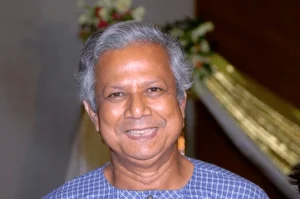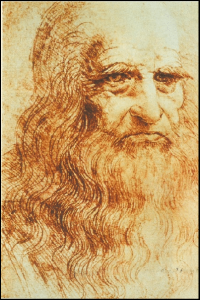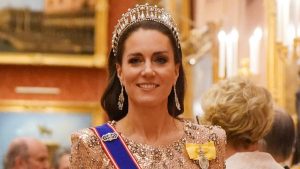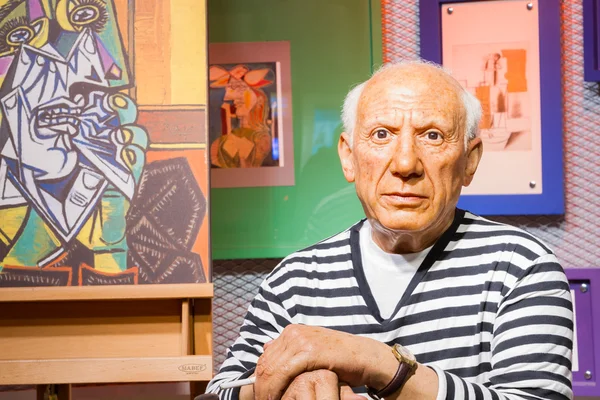
Pablo Ruiz Picasso (25 October 1881 – 8 April 1973) was a Spanish painter, sculptor, printmaker, ceramicist, and theatre designer who spent most of his adult life in France. One of the most influential artists of the 20th century, he is known for co-founding the Cubist movement, the invention of constructed sculpture,the co-invention of collage, and for the wide variety of styles that he helped develop and explore. Among his most famous works are the proto-Cubist Les Demoiselles d’Avignon (1907) and the anti-war painting Guernica (1937), a dramatic portrayal of the bombing of Guernica by German and Italian air forces during the Spanish Civil War.
Picasso demonstrated extraordinary artistic talent in his early years, painting in a naturalistic manner through his childhood and adolescence. During the first decade of the 20th century, his style changed as he experimented with different theories, techniques, and ideas. After 1906, the Fauvist work of the older artist Henri Matisse motivated Picasso to explore more radical styles, beginning a fruitful rivalry between the two artists, who subsequently were often paired by critics as the leaders of modern art.
Picasso’s output, especially in his early career, is often periodized. While the names of many of his later periods are debated, the most commonly accepted periods in his work are the Blue Period (1901–1904), the Rose Period (1904–1906), the African-influenced Period (1907–1909), Analytic Cubism (1909–1912), and Synthetic Cubism (1912–1919), also referred to as the Crystal period. Much of Picasso’s work of the late 1910s and early 1920s is in a neoclassical style, and his work in the mid-1920s often has characteristics of Surrealism. His later work often combines elements of his earlier styles.
Exceptionally prolific throughout the course of his long life, Picasso achieved universal renown and immense fortune for his revolutionary artistic accomplishments, and became one of the best-known figures in 20th-century art.
Pablo Picasso at a Glance
Born: October 25, 1881, Málaga, Spain
Died: April 8, 1973, Mougins, France
Profession: Painter, Sculptor, Printmaker, Ceramicist, Stage Designer
Known For: Co-founding Cubism, revolutionizing modern art
Famous Works: Les Demoiselles d’Avignon, Guernica, The Weeping Woman
Notable Styles: Blue Period, Rose Period, Cubism, Surrealism
Legacy: Over 20,000 artworks created; one of the most influential artists of the 20th century
Famous Quote: “Every child is an artist. The problem is how to remain an artist once we grow up.”
Trivia: First living artist to have a solo exhibition at the Louvre (1971)
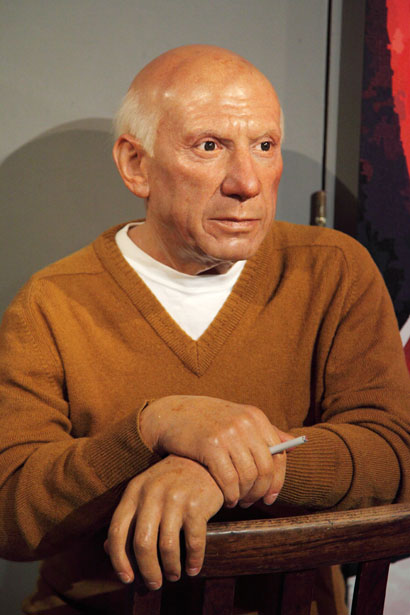
Early Life and Education
Pablo Diego José Francisco de Paula Juan Nepomuceno Crispín Crispiniano María Remedios de la Santísima Trinidad Ruiz Picasso was born on October 25, 1881, in Málaga, Spain. Picasso’s family was deeply artistic: his father, José Ruiz Blasco, was a painter and art teacher, and his mother, María Picasso y López, supported his artistic pursuits. Picasso showed an exceptional talent for drawing from a very young age. His first drawing, a pencil sketch of a donkey, was completed when he was just nine years old. By the time he was 13, his technical ability had already surpassed that of his father.
He attended several art schools, including the School of Fine Arts in Barcelona, where he earned a reputation as a prodigy. Picasso later moved to Madrid to attend the Royal Academy of San Fernando, but he found the rigid academic system stifling. He soon abandoned formal schooling to pursue his own artistic development and began forging a path outside the traditional academic world.


